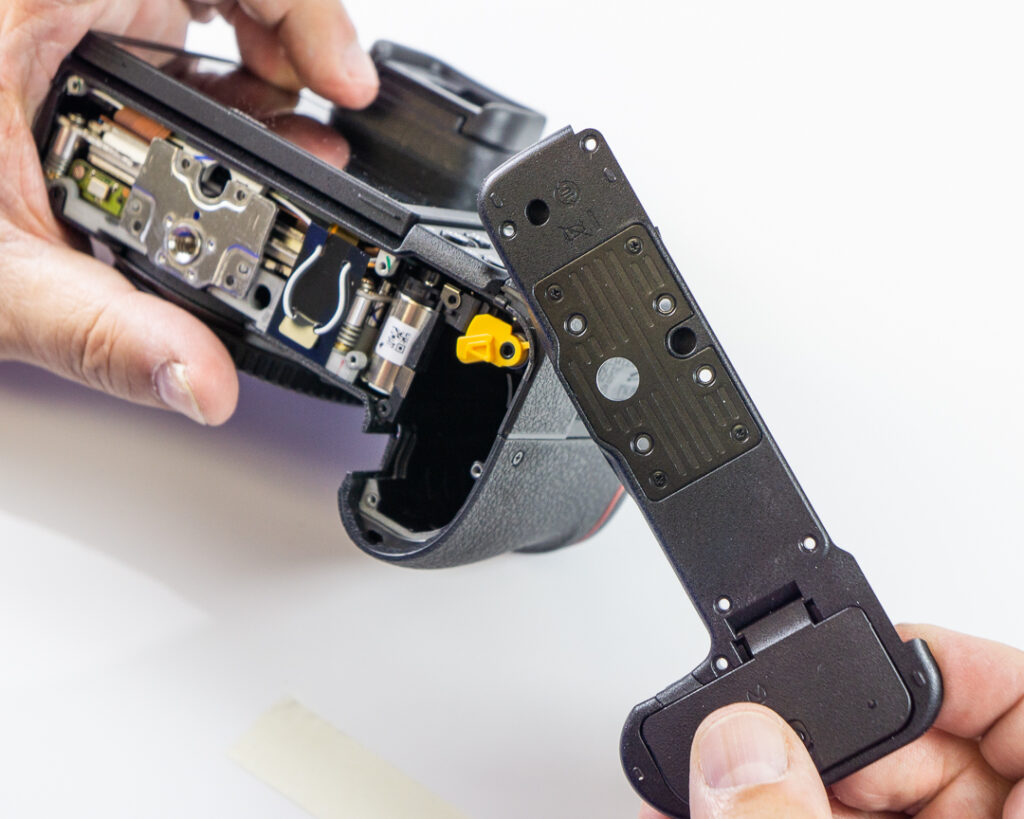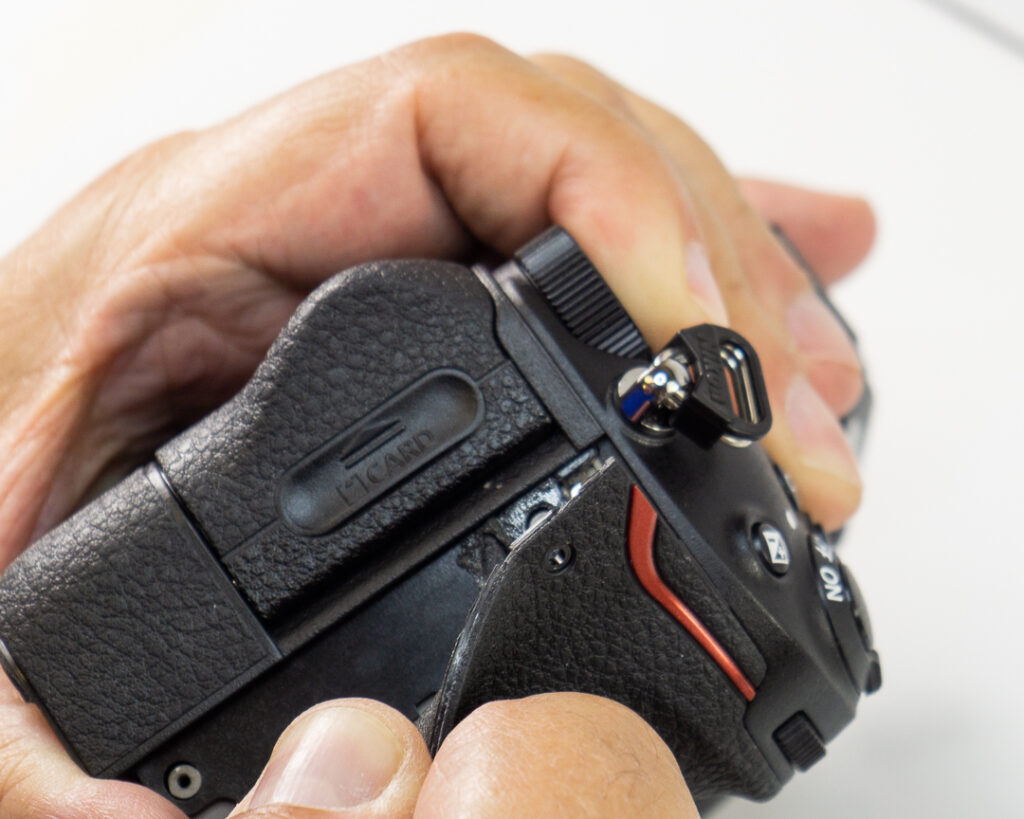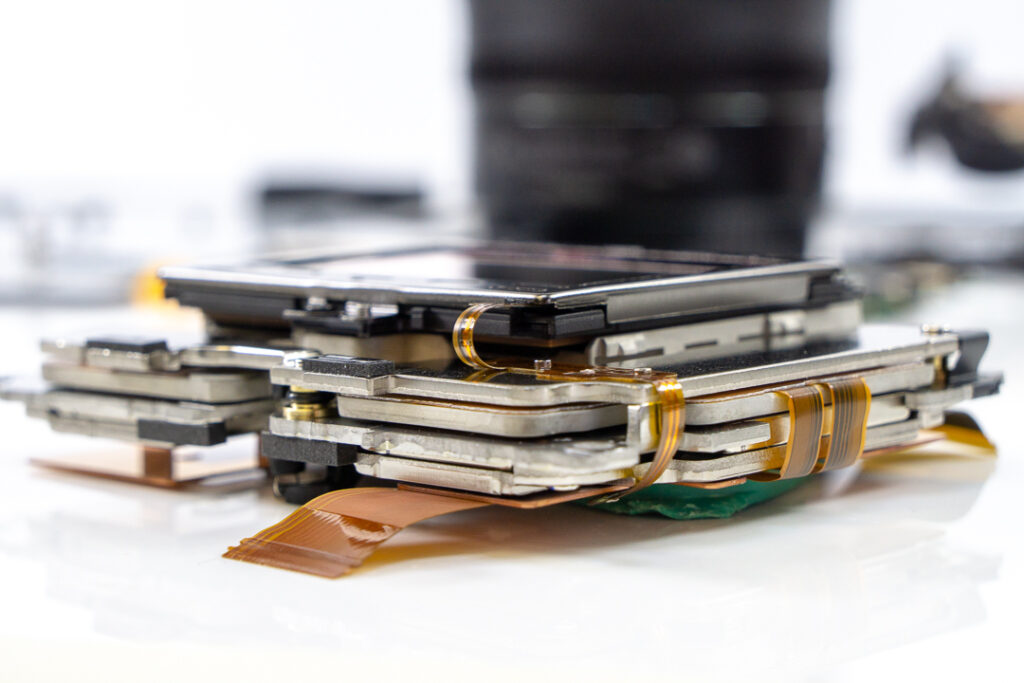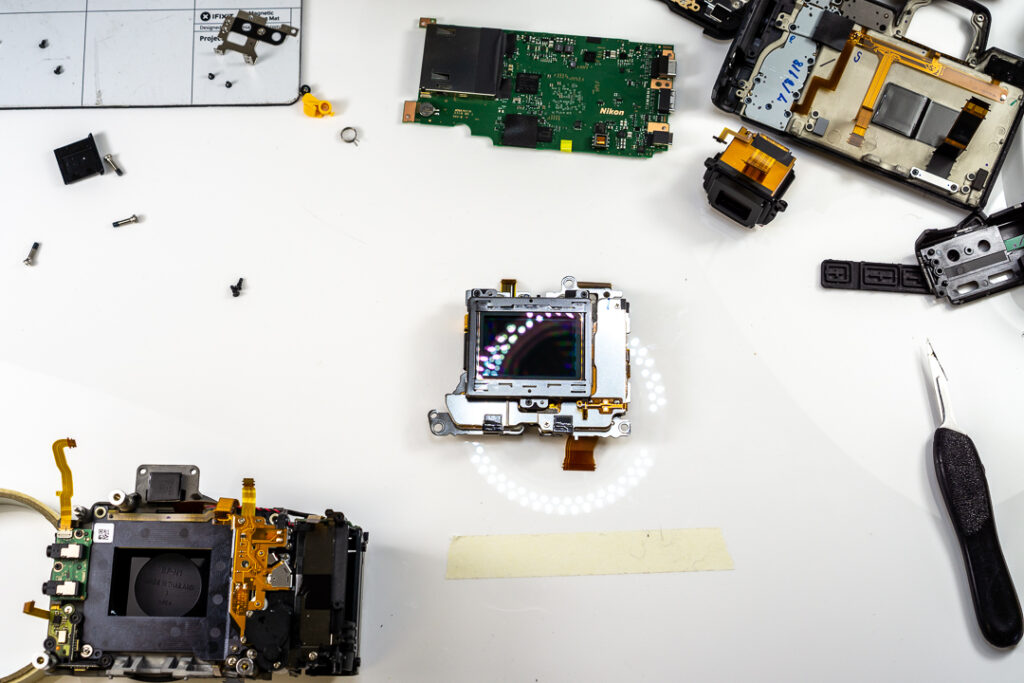Appleinsider tests how the Nikon Z7 can interact with your iPhone, iPad, and Mac
Appleinsider writes:
The Z7 is Nikon’s flagship full-frame mirrorless camera. We put it through its paces, provide many example photos and videos, and show you how it can interact with your iPhone, iPad, and Mac.





























